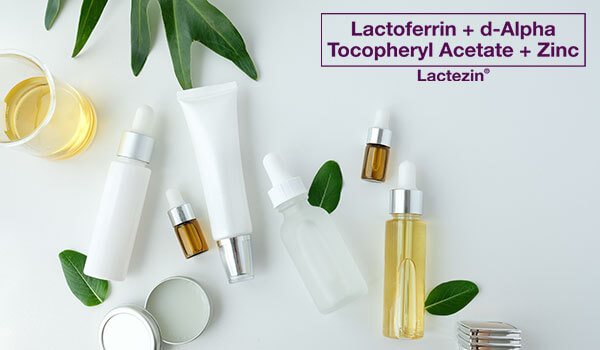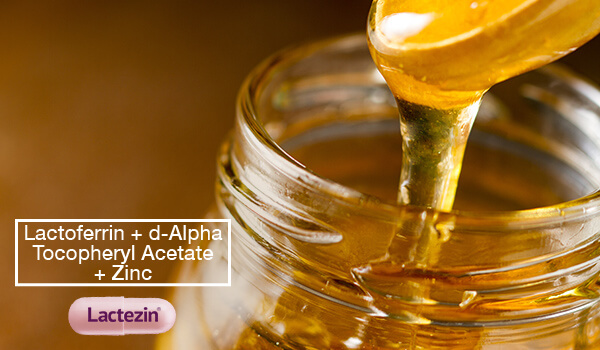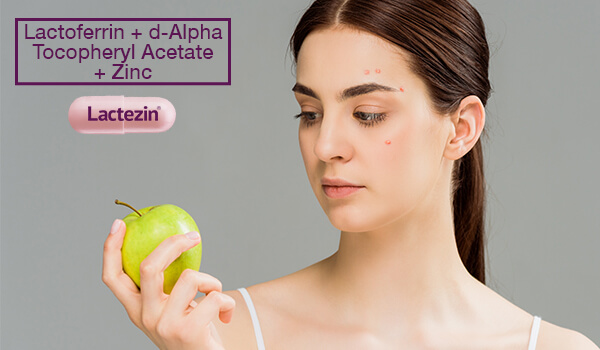6 Skincare Must-Haves for Oily Skin

Acne-prone aka oily skin can be really tough and expensive to manage. But in reality, you don’t really need to pile up one ingredient after another to lessen up the grease on your face.
Below, we listed skincare essentials for oily skin, so you always look fresh and matte.
- Cleanser
An effective pore-cleansing wash is the first step to a blemish-free complexion. And if you have oily skin, it’s only natural to want to use a cleanser that has a strong formula. However, the downside of using these tough cleansers is that they strip off the skin of its natural oils, leaving it dry and dull. Hence the tight, rigid feeling on the skin after every wash.
Cleansers for oily complexions should be mild and oil-free. It should wash away dirt and oil buildup from the pores to put the formation of pimple-causing bacteria to a stop. We recommend going for a product with a low dose of salicylic acid. This multi-benefit, potent ingredient helps red inflamed pimples and pustules go away faster by dissolving skin debris that clogs pores and reduces inflammation. The result? Soft and smooth skin. - Chemical Exfoliators
Throw away that walnut shell scrub! Physical exfoliants are so yesterday. These days when it comes to exfoliation, it’s all about the chemicals. Don’t get scared though! Chemical exfoliants are acids that react with the skin. They are definitely gentler compared to physical exfoliators which cause microtears on the skin. Chemical exfoliators safely remove the built-up layers of dead cells and excess oil that gives the skin its lifeless look. This allows new and healthy skin to shine through.
There are different kinds of chemical exfoliators for the skin, but when building a routine for oily skin, look for AHA and BHA. AHA or Alpha-Hydroxy Acids, which include glycolic, lactic, mandelic, malic and tartaric are water-soluble. They target texture, pigmentation, pores, and dull complexions. Meanwhile, BHA or Beta-Hydroxy Acids, which is mainly salicylic acid, is oil-soluble. It can dig deep into pores to dissolve excess oil that mixes with dirt and dead skin cells. These are the ones you go to for blackheads, spots, and oiliness. - Toner
Similar to cleansers, toners should not give you a tight, squeaky clean feel after using it on the skin, no matter what the ads say! Generally, toners should get rid of residual dirt and makeup and prep the skin for moisturizer to help the skin absorb it better.
Toners for oily complexions should address oiliness and shine without drying out the skin. This means to look for alcohol-free formulas. Also, it should help minimize pores and refine the skin’s texture while maintaining its moisture balance.
Dermatologists have even come up with formulas that condense exfoliating and toning into one step. Newer and more innovative toners now have the aforementioned AHAs and BHAs, so it has the ability to address multiple skin issues! - Moisturizer
Incorporating moisturizer into your routine is probably the last thing you want to do if you have oily skin. But the truth is, you’re probably confusing oiliness with hydration. Just because you’re oily, doesn’t mean you’re hydrated. Hydrated skin is healthy skin. A moisturizer’s main job is to improve the skin’s hydration levels by adding water to it — which is why most formulas have water as one of its main ingredients.
You can find multiple moisturizers that are specially formulated for oily skin. Qualities to look for? Light, fast-absorbing, oil-free, silicone-free, mattifying, and non-comedogenic so it doesn’t clog pores. Rich creams are too heavy for oily skin, plus they make you shinier, so go for emulsions or gel-type moisturizers. It should include notable ingredients like hyaluronic acid for intense hydration and niacinamide to even out the skin tone.
Stick to emulsions or gel-type moisturizers, because richer creams will likely clog up your pores and make your skin even shinier. If you have sensitive or irritated skin, look for moisturizers with calming and soothing properties to alleviate irritations. Look for ingredients that include glycerin and hyaluronic acid to hydrate the skin and niacinamide to help even out the skin tone. - SPF
Looking for the right sunscreen for oily skin can be a real challenge. The usual SPF is thick and greasy however, SPF is a real skin saver in the long run. With this, SPF that’s labeled as oil-free and non-comedogenic are the ones you should go for. These are formulated with acne-prone skin in mind. - Oral medication
Medications with Lactoferrin + d-Alpha Tocopheryl Acetate + Zinc can help alleviate oily skin woes. These 3 ingredients have oil-regulating properties that can help fight pimple-causing bacteria, lessen pimples and improve skin appearance with regular intake.
Lactoferrin, specifically, has natural antibacterial and anti-inflammatory properties. Besides improving the body’s natural defenses in fighting bacteria, it also helps in reducing inflammation and sebum production. It can also help repair damaged skin cells, an important factor for acne-ridden individuals.
Lactoferrin + d-Alpha Tocopheryl Acetate + Zinc is the generic name of Lactezin. If symptoms persist, consult your doctor.
If you want to know more about oily skin, click here.
SOURCES:
https://www.womenshealthmag.com/uk/beauty/skin/a708142/skincare-routine-for-oily-skin/
https://www.skincare.com/article/skin-care-routine-for-oily-skin
https://www.paulaschoice.com/expert-advice/skincare-advice/oily-skin/very-oily-skin.html


